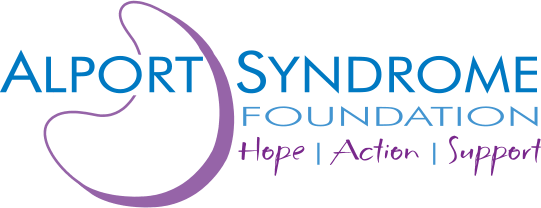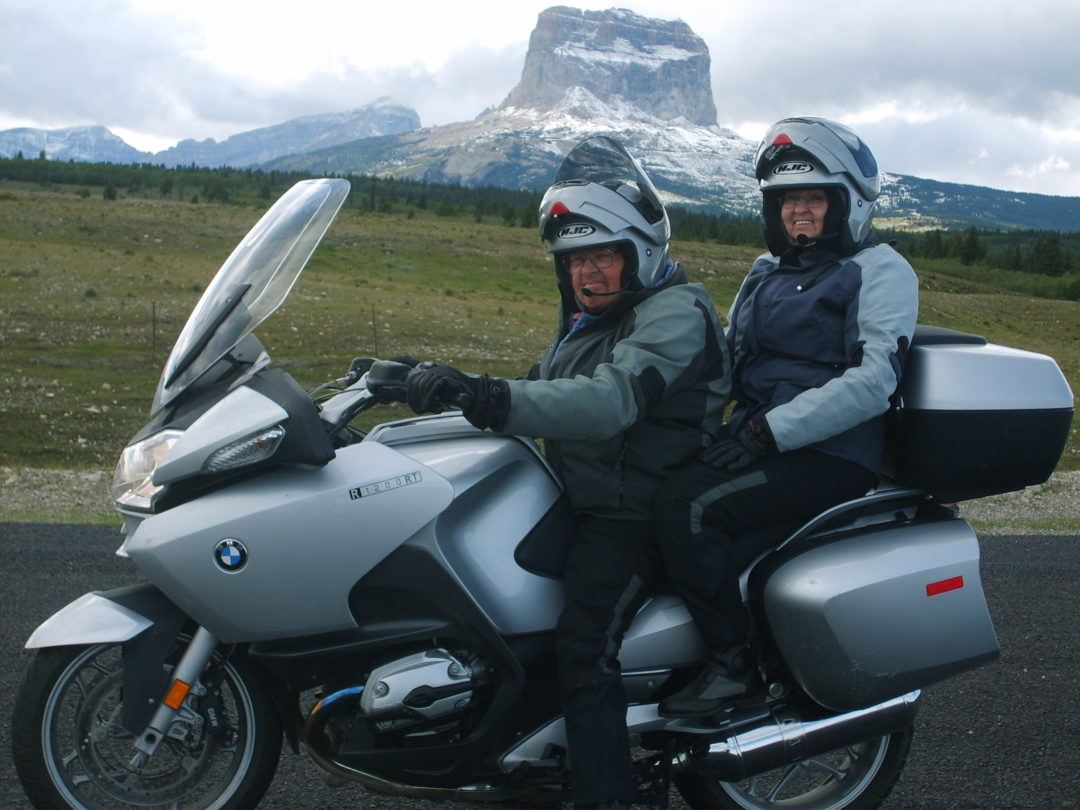My transplant was so long ago, it seems like I have always had it. In fact, I have had it for thirty-two years now (2/11). When I was six, it was discovered that I had Alport‘s. There was major concern because two uncles and two cousins had recently died from it. That was 1949, and since there was very little known about the prognosis or even less about treatment, I was directed to stay in bed and rest. After a year of becoming both flabby and morose, my parents wisely decided to allow me to live a normal life for whatever time I had left.
Forward to 1960. My cousin, Curtis Atkin, is my room-mate and is also affected by the disease. He went on to become one of the major researchers. The understanding we had then was that the disease usually becomes end stage in your thirties, so we reveled in the health of youth; he by caving, and me by hiking and later racing bicycles.
1972. The turning point. In spite of lots of physical activity, the disease is catching up. Bad chemistries. Bad advice as well, in the form of nothing said by the family doctor. Shortly afterwards I moved and went to a new physician, who was as open and informative as the other was silent. For the first time I learned of the high success of transplants. Being from a large and loving family, I was assured that there was a good supply from my unaffected siblings.
1978. After a horrible attempt at dialysis – which solution we found years later I was allergic to – I received a kidney from my brother. Sadly, due to other kidney complications, I lost that within a year. So on to ten months of dialysis and the bad reactions. My sister with the best match was only seventeen and the policy was to wait until she was eighteen. In the meantime I was going downhill fast, and the doctor told my wife to make final plans as I was not going to live to see my sister‘s next birthday, and was not going to get the present she was saving for me.
In the meantime, since both the borrowed and the original kidneys had been removed, my absolute highlight of the day and only fluid intake was an ice cube. I truly savored every molecule of it.
August, 1979. My sister Cindy and I meet at Mayo Clinic in Rochester, Minnesota. Our Mom barely makes it there for the party – having stayed on a plane that was headed to Rochester, New York!
Between heavy medications from the first transplant with resultant atrophied muscles, and the toll of dialysis, my wife has to take me from the apartment to the hospital in a wheelchair.
The next morning I feel like I have been reborn, even with a new seven inch scar. Poor Cindy feels like she is going to die; she has a scar about eighteen inches long. But in a few weeks she is hiking in the canyons, and goes on to have seven lovely children.
1988. Living in California, I am afraid to ride the bicycle, so I take up running and do a marathon with two brother‘s-in-law and two sisters. Only one brother-in-law had done one before.
1997. Curt is doing poorly. He had a transplant about the same time as I had my second, but the spelunking has come back to haunt him, as he had contracted Valley Fever and had to discontinue the immunosuppressant. His dedication and research intensify. Five months after heart bypass surgery I ride the tandem with my wife in a group as we pedal from Omaha Nebraska to Salt Lake City. There I see Curt for the last time. He says, “Next time you want to come, if you can‘t afford to fly just let me know and I‘ll send you a ticket.“ We both know it will be the last time.
2000. I bicycle solo from Seattle to Boston in memory of Curt. We raise $10,000, which is donated to the University of Utah where Curt taught and researched. In 1979 we had started a fledgling “Hereditary Nephritis Foundation.“ Curt continued with it, and would be very pleased to know what has been established today with the Alport syndrome Foundation.


